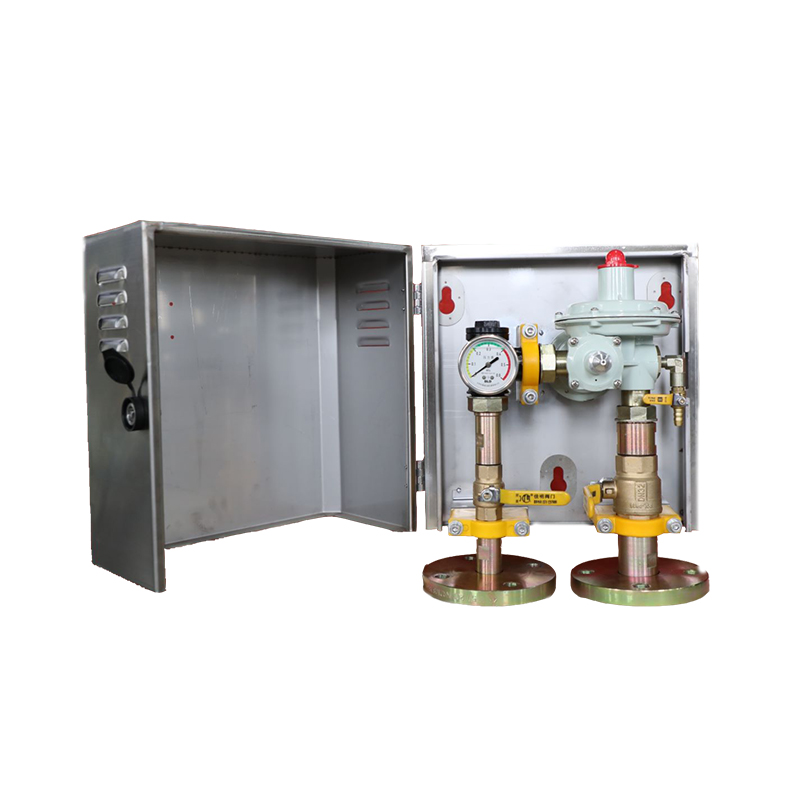
9 月 . 13, 2024 13:23
Back to list
pressure vessel
Understanding Pressure Vessels Principles and Applications
A pressure vessel is a container designed to hold gases or liquids at a pressure significantly different from the ambient pressure. These specialized containers are integral in various industries such as oil and gas, chemical processing, and power generation, as they facilitate safe and efficient operations under high-pressure conditions. The design, fabrication, and maintenance of pressure vessels are governed by stringent codes and standards to ensure safety and reliability.
Design Considerations
The design of a pressure vessel begins with understanding the operating conditions including pressure, temperature, and the nature of the contained substance. The material selection is critical, as the vessel must withstand these extreme conditions without deforming or failing. Common materials include carbon steel, stainless steel, and composite materials, each chosen for their strength, corrosion resistance, and ability to handle the specific substances within.
Pressure vessels are often categorized based on their shape and design methodology. The most common shapes are cylindrical, spherical, and conical. Each shape has its own advantages spherical vessels are known for their strength and ability to distribute stress evenly, while cylindrical ones are easier to manufacture and more commonly used for storage.
Fabrication Techniques
The fabrication of pressure vessels involves various techniques such as welding, machining, and forming. The process begins with cutting the raw materials into desired shapes, followed by welding them together under strict controls to ensure the integrity of seams and joints. Non-destructive testing methods, such as ultrasonic or radiographic testing, are frequently employed to detect any flaws that could compromise the vessel’s integrity.
pressure vessel

Safety and Regulations
Given the potential hazards associated with high-pressure operations, pressure vessels are subject to rigorous safety standards. Organizations like the American Society of Mechanical Engineers (ASME) establish codes that provide guidelines for design, materials, manufacturing, and testing. Compliance with these standards is essential to prevent accidents such as explosions or leaks, which can have catastrophic consequences.
Applications
Pressure vessels are used in a diverse range of applications. In the chemical industry, they are essential for reactors and separators where reactions occur under pressure. In the energy sector, they store natural gas, petroleum products, and are vital components in nuclear reactors. In the food and beverage industry, they are used for pasteurization processes that require high-pressure steam.
Conclusion
Pressure vessels play a critical role across numerous industries by providing a safe means to store and manage substances under high pressure. As technology evolves, the manufacturing techniques and materials used for these vessels are also advancing, enhancing their safety and efficiency. Understanding the principles behind pressure vessels is essential for engineers and safety professionals alike, ensuring that operations remain safe and compliant with regulatory standards. As industrial demands grow, the importance of well-designed pressure vessels will only continue to increase.
Next:
Latest news
-
Unlocking The Quality Gas Pressure ReducersNewsNov.01,2024
-
The Role of Gas Pressure Reducing StationsNewsNov.01,2024
-
The Importance and Functionality of Safety Relief ValvesNewsNov.01,2024
-
The Essential Role of Safety Valves in Natural Gas ApplicationsNewsNov.01,2024
-
The Essential Role of Gas Pressure RegulatorsNewsNov.01,2024
-
Enhance Your Premium Gas FiltersNewsNov.01,2024

